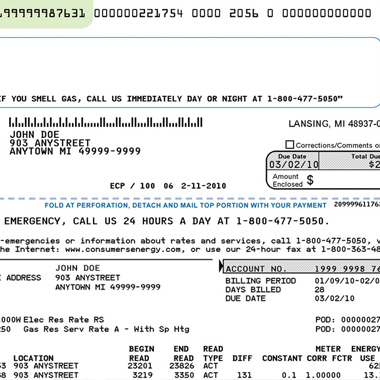

How to Reduce Electricity Costs Ahead of Rate Increases
Posted by Sara Lewis on in Engineering, Energy Solutions
Sometimes, it can be difficult to understand changes on your electric bill and even harder to determine what you can do to bring monthly costs down. TES Engineering recently attended a seminar that discussed First Energy rate structures and the company’s planned impending rate increases.
In this blog post, we hope to break down the technicalities and confusion surrounding electricity pricing and the effects it has on your monthly bill.
There are three main parts of your electric bill: distribution charges, transmission charges, and generation charges. The generation charges can be further broken down into energy, capacity, and ancillary service charges.
Capacity charges are the focus here – they are the charges that will see a dramatic increase over the next few years in the Northern Ohio region.
PJM is a regional transmission organization which controls Ohio, Pennsylvania, West Virginia, Virginia, Maryland and Delaware. They are responsible for moving electricity over large areas, controlling and monitoring the grid to ensure integrity of power and availability of supply (capacity).
There are a couple ways to control capacity of the grid: have enough generation plants such that at the period of highest demand, there is enough generation capacity to make enough electricity for consumption or offer curtailment agreements. Curtailment agreements allow customers to opt into a program whereby they receive payment for shutting down during periods of highest demand, taking themselves off the grid and diminishing the amount of required capacity.
As in any economic situation, when supply is reduced, prices are drive up of the demanded commodity. And with some aging coal plants currently scheduled to be shut down by 2015 due to enhanced EPA regulations, this reduces supply and has in turn increased the cost of capacity.
Every year in May, auctions are held to determine capacity pricing. These are real prices – futures contracts – for what people agree to pay for electricity. This year the price per MW-day is $108.89. The futures contract for 2015 is $357.00. This is a 1700% increase over current pricing.
Each user’s allocation of this capacity charge is based on a peak load contribution – your average consumption during 5 peak load periods, when the grid is seeing its highest demand. Historically, these hours occur during the summer from 4-5 pm.
A lot can be done to reduce this peak load contribution, thus reducing the effect of the 2015 rate increase on your bill. By installing interval meters, shifting operations to different times of the day, or retrofitting existing equipment, you can work to reduce your demand charges and thus your increase in capacity charges in the forthcoming years.
To get your building or home ready for the rate increase, contact TES Engineering.

 Previous STORY
Previous STORY